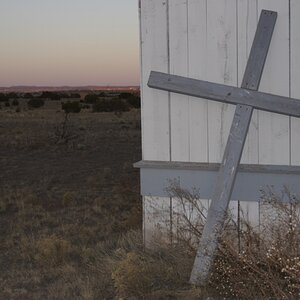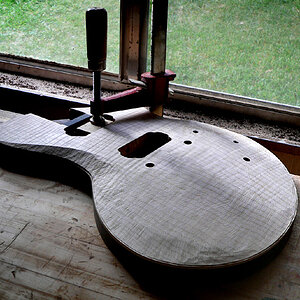Solarflare
No longer a newbie, moving up!
- Joined
- May 24, 2012
- Messages
- 2,898
- Reaction score
- 395
Fuji announces the X-T1 IR for infrared photography Fuji Rumors
The main problem would be of course - which Fuji X lenses are actually useable with this camera ?
Whow ! Thats great ! You can buy this camera directly from the producer, instead of having to find somebody to make the conversion !Fuji US just announced the “X-T1 IR” which is an infrared version of the classic X-T1. theVerge & Dpreview. write: “The camera captures light from UV, visible and infrared portions of the spectrum, from approximately 380-1000nm. While Fujifilm cites crime scene investigation and healthcare as applications, there are plenty of ‘regular photographers’ who will find the X-T1 IR intriguing as well.”
The new X-T1 IR costs $1699 and will ship from October.
The main problem would be of course - which Fuji X lenses are actually useable with this camera ?


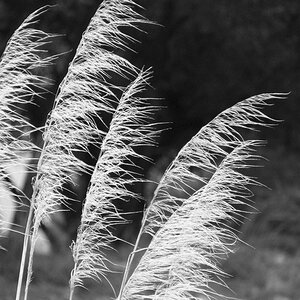

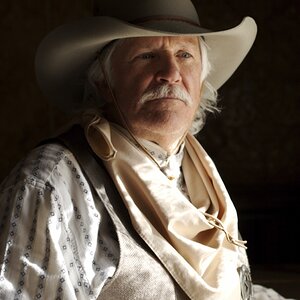


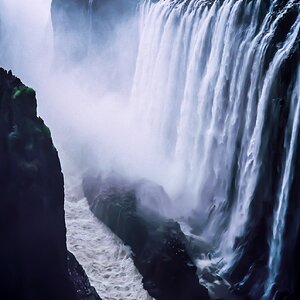
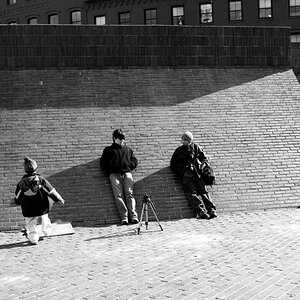
![[No title]](/data/xfmg/thumbnail/32/32926-ec27ecead8c80d803404500d8f888dbf.jpg?1619735754)
